Speak to a specialist
Enquire now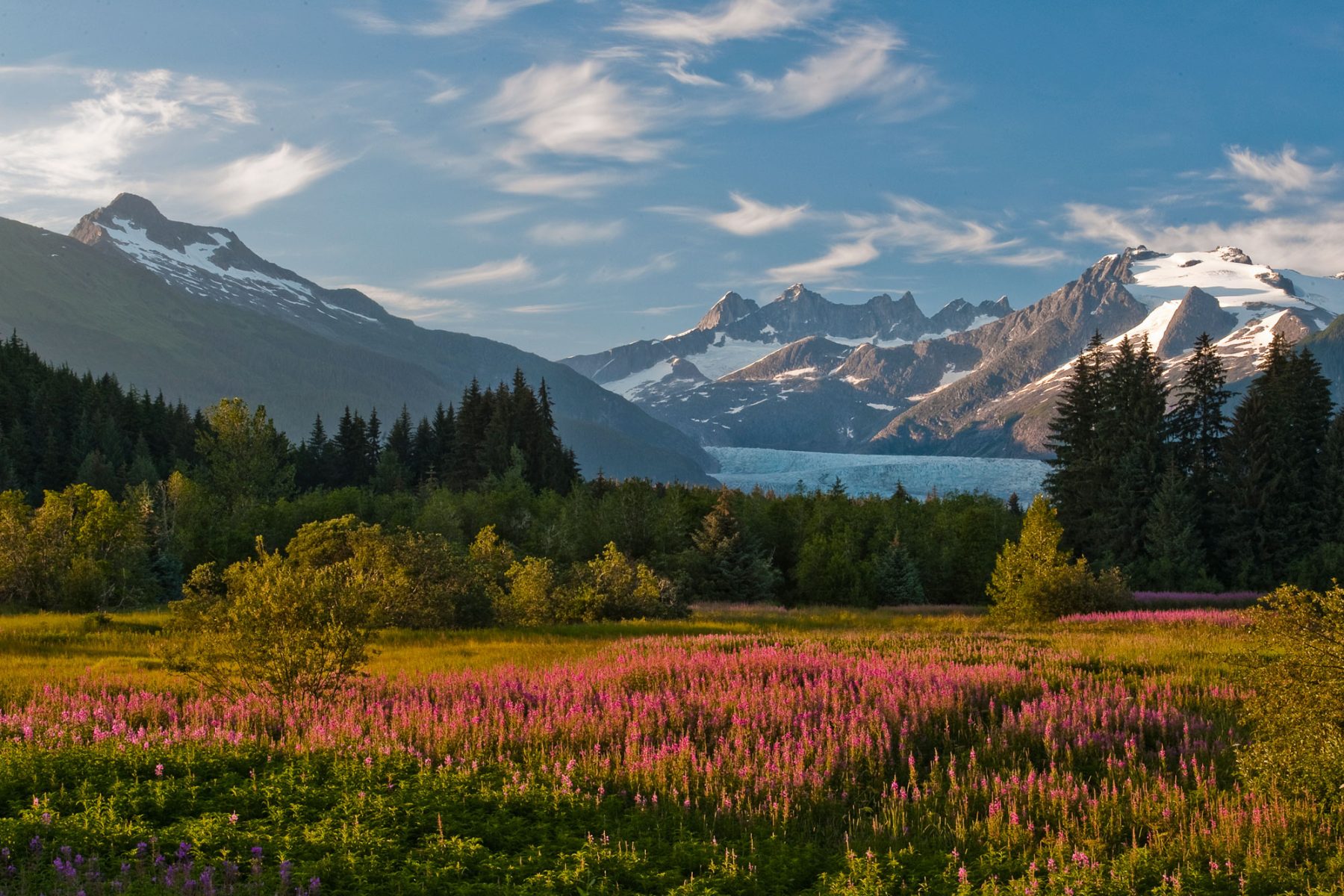
Best Time to Visit Alaska
Mid-May to mid-September is the ideal time to visit Alaska. From late spring to early autumn, the days are long, wildlife viewing is at its peak and there’s a wide choice of things to do, from whale watching in Kenai Fjords and grizzly bear viewing in Denali National Park to small-ship cruises along the Inside Passage, epic self-drive adventures or a journey on the Alaska Railroad.
When to visit Alaska… at a glance
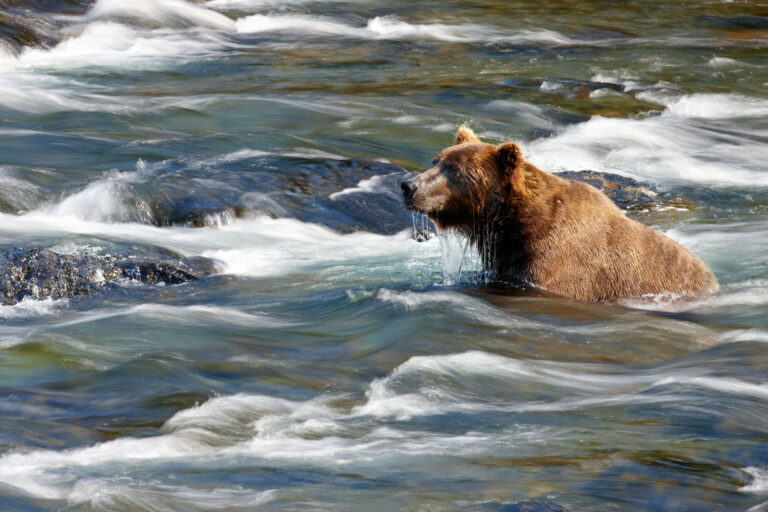
Spring and Summer
- Long hours of daylight and warmest weather
- Bears active throughout; feeding on salmon runs in July
- Humpback whales, belugas and orcas in coastal waters
- Wide choice of activities on offer
- Ideal time for self-drive adventures
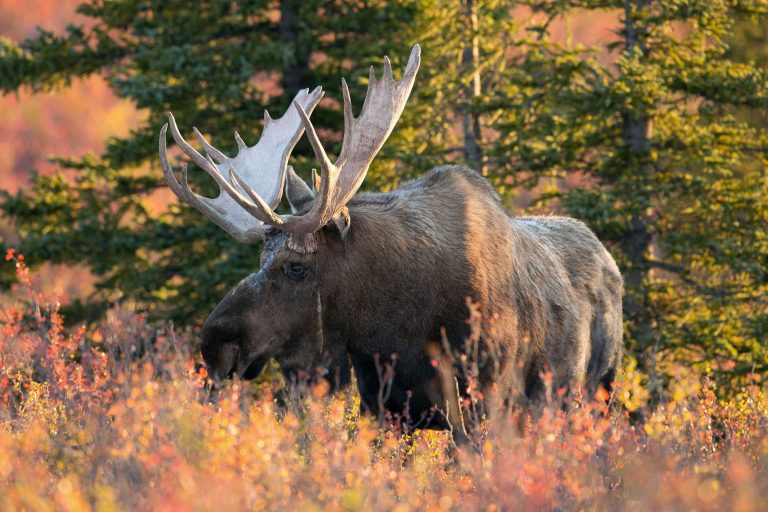
- Shorter days and much cooler nights
- Golden autumn colours giving way to a winter wonderland
- Good chance of seeing the northern lights
- Winter festivals and the Iditarod sled-dog race (March)
- Winter activities include snowmobiling, dog-sledding, skiing
Alaska in Spring and Summer
Most tours operate from mid-May to mid-September, so if you want the maximum choice of things to do, this is the best time to visit Alaska. The sky is light for much of the night between late May and late July, with 21 June (the longest day) boasting 19 hours of daylight in Anchorage and 21 hours in Fairbanks. Venture to the Arctic Circle (about 200 miles north of Fairbanks) and you can experience the midnight sun. The shoulder months of May and September are less busy, but can still enjoy good weather. During the peak season, July to mid-August, you should book as far in advance as possible.
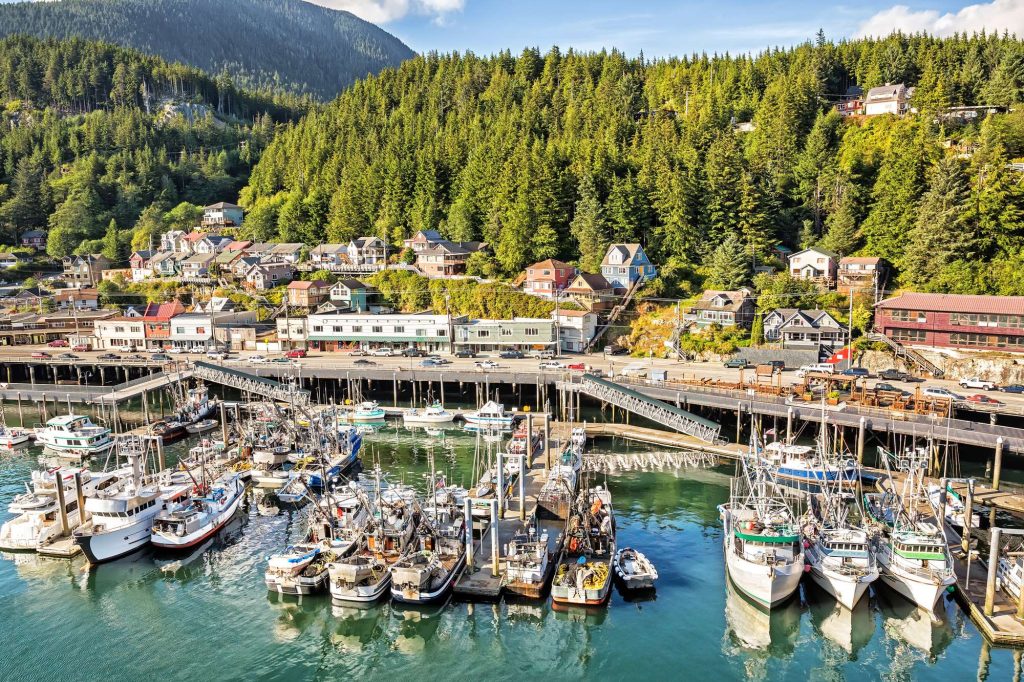
Alaska in Autumn
Autumn is a beautiful season in Alaska with much going for it. The tundra turns gold and orange (a magnet to photographers), while bears are busy feeding on berries and the last scraps of the September salmon run to put on weight before hibernation. As days draw in, there is always the possibility of the northern lights appearing, particularly around Fairbanks and the north. September also sees a dramatic drop-off in visitor numbers. The flip-side is that autumn inevitably has cooler, more changeable weather; wildlife activity is tailing off and many tours and attractions will start running reduced schedules – or close until the following spring.
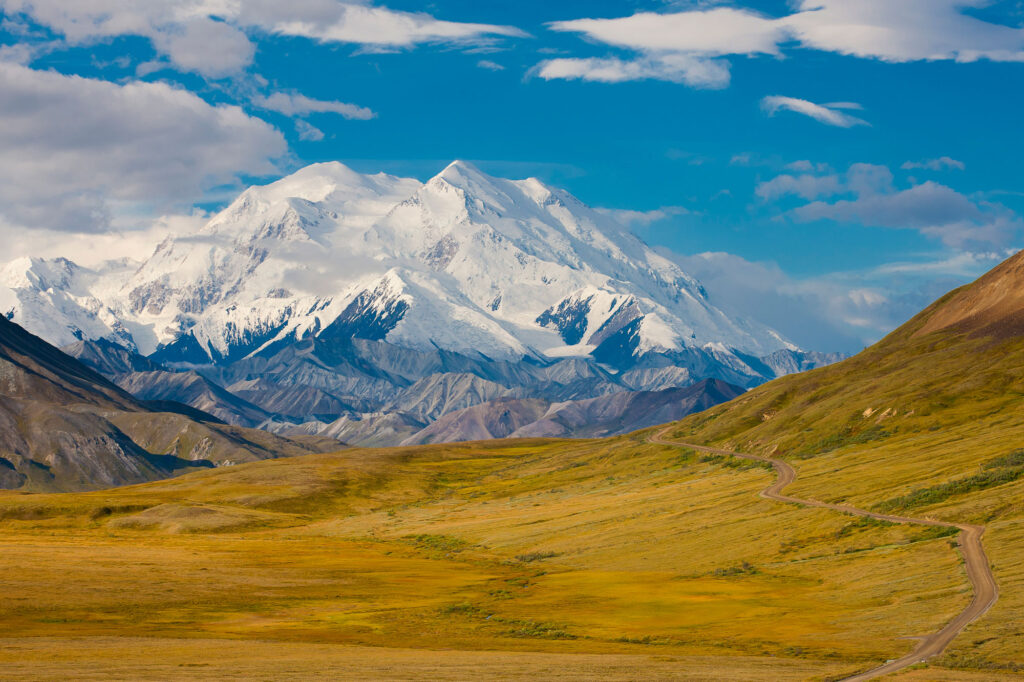
Alaska in Winter
Northern lights and winter activity holidays are available from December to March/April, set against a spectacular backdrop of snow-covered mountains and frozen lakes. Prices are lower and excursions include dog-sledding, skiing and aurora hunting. Barrow, Alaska’s northernmost town, experiences the polar night during mid-winter when, for 67 days, the sun does not rise.
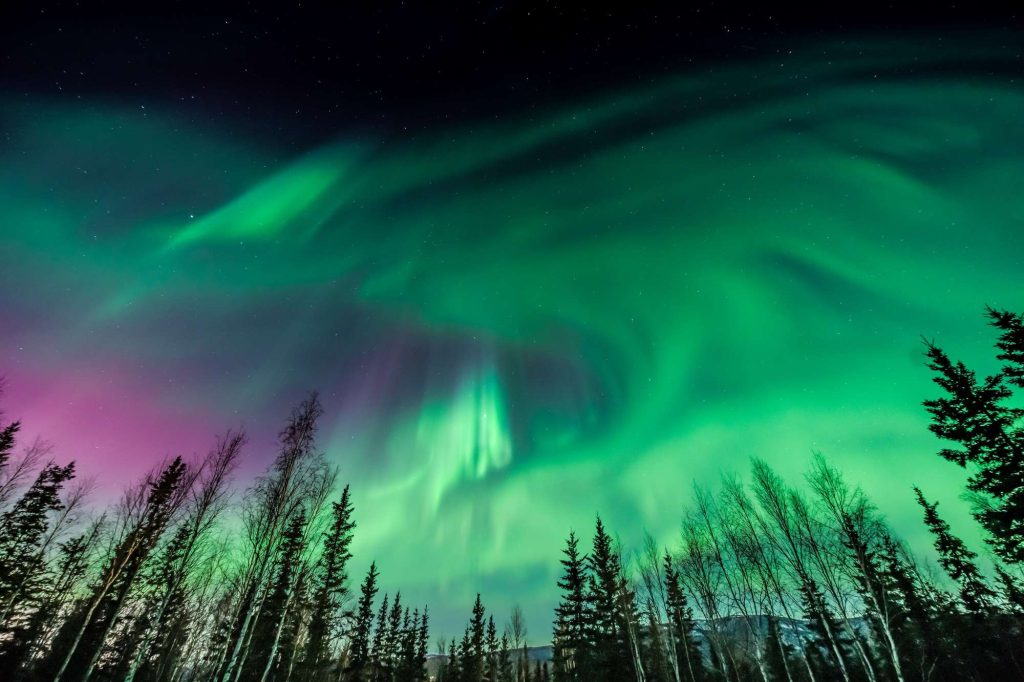
Alaska Weather
In Anchorage, average maximum daytime temperatures reach around 17-19°C during June, July and August. In May and September, this drops to around 13°C. During winter, expect daytime highs of around -3°C. Juneau is slightly milder during winter months, while Fairbanks has more extremes of temperature – up to 23°C in July and down to -17°C in January.
Average monthly precipitation in Anchorage ranges from 12mm in April to 83mm in August; Juneau is generally wetter, while Fairbanks is drier. June and July are the sunniest months.
Important dates
- February: Cordova Iceworm Festival
- March: Iditarod Dog Sled Race
- Mid-March: Bering Sea Ice Golf Classic in Nome
- Early May: Copper River Delta Shorebird Festival
- July to mid-August: Peak summer season
- July: black bears, grizzlies and brown bears fish the salmon runs
- Late August: Thousands of sandhill cranes migrate through Fairbanks
- September to March: Sightings of the northern lights possible
- Mid-November: Haines Alaska Bald Eagle Festival
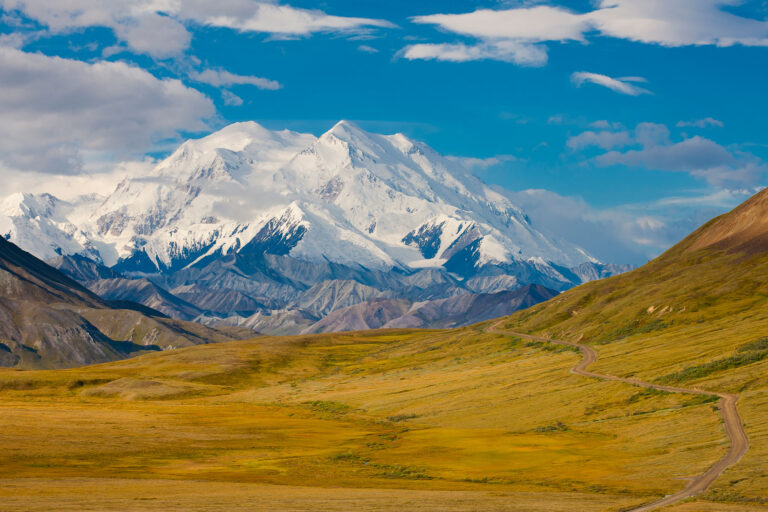
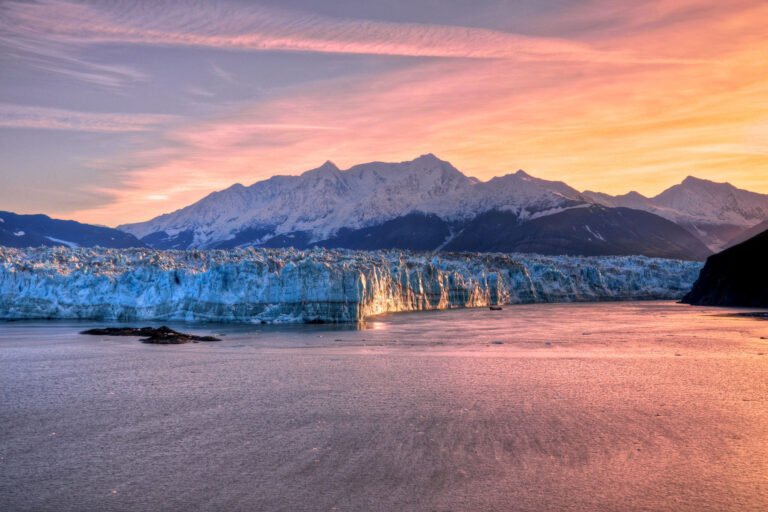
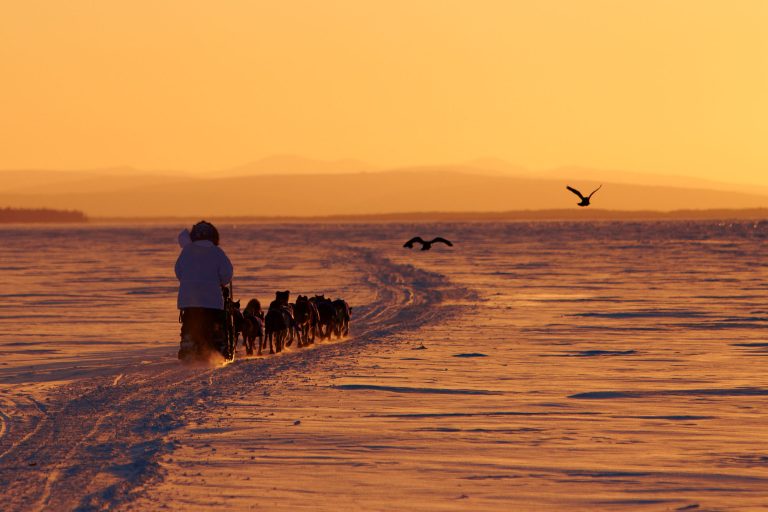
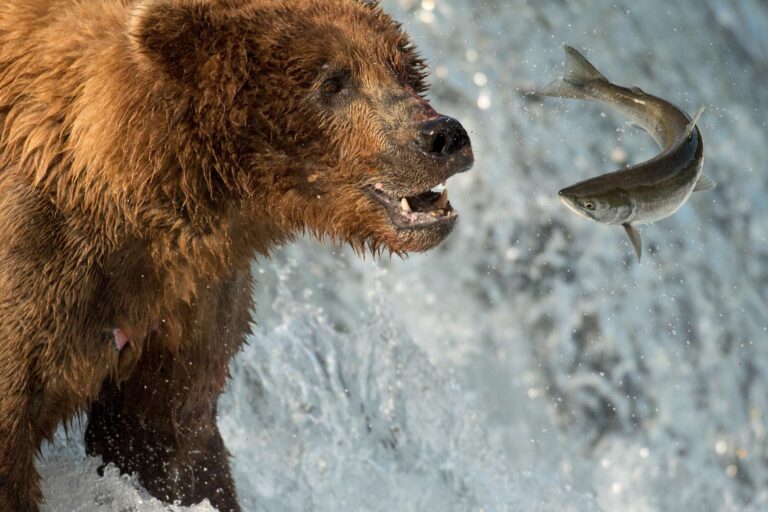
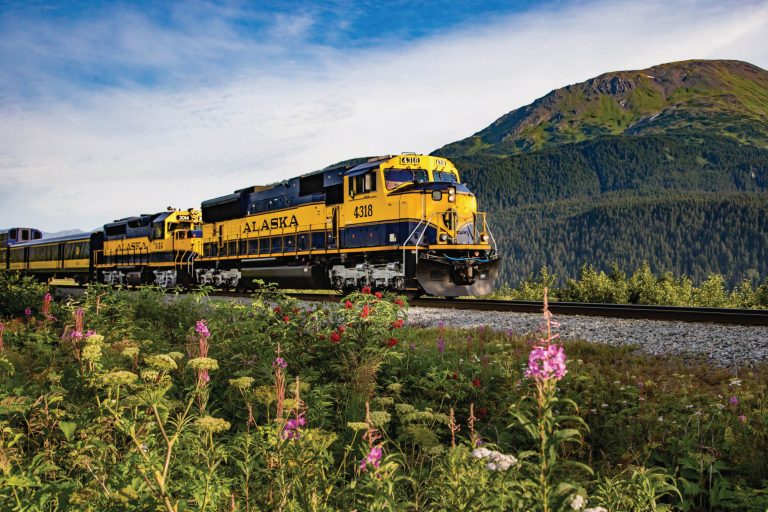



 Instagram
Instagram
 Facebook
Facebook
 YouTube
YouTube